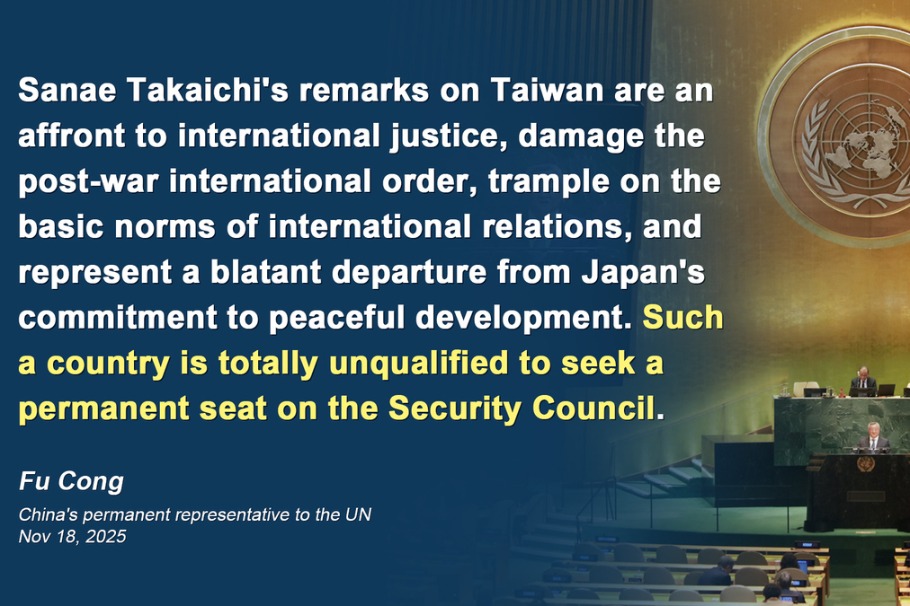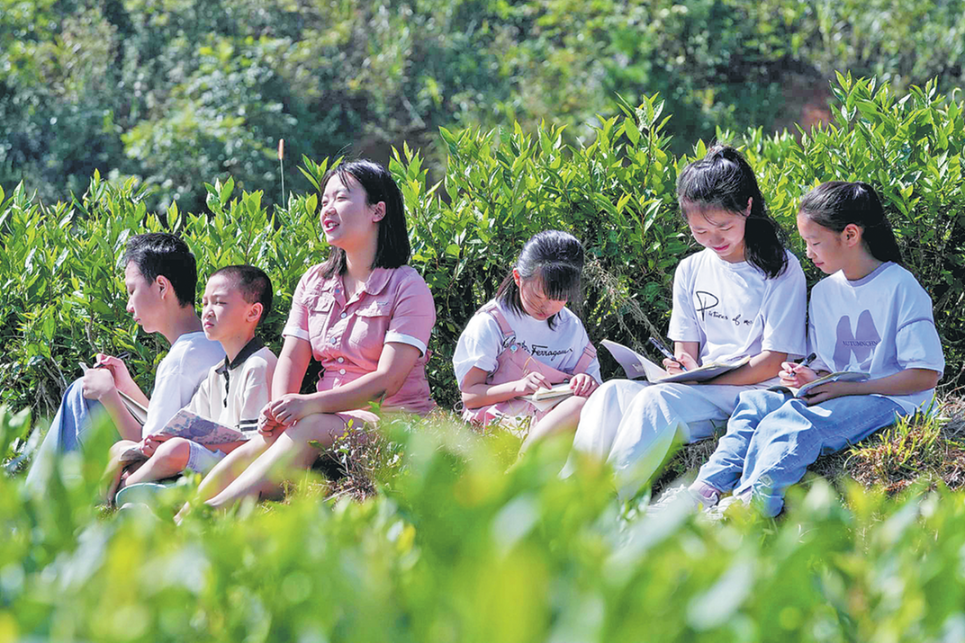Mind the gap in combating COVID-19

The COVID-19 pandemic is inflicting tremendous human, social and economic pain on society at large in the Asia-Pacific region. As countries implement social distancing and lockdown measures, economic growth has stalled and unemployment has surged.
If the pandemic lasts for six months, it could reduce the region's GDP by $2.5 trillion, destroy an equivalent of 167 million full-time jobs and push 140 million people into poverty. Without policy intervention, the pandemic will worsen the region's income inequality as well. Reducing income inequality is a major challenge many countries in the Asia-Pacific face and it forms a key part of the region's sustainable development goals.
COVID-19 is likely to worsen the region's income inequality in at least five ways.
First, unskilled workers will be hit harder than skilled workers. The unskilled are more likely to lose their jobs or experience wage cuts. The possibility of working from home is also greater for high-skilled workers than for low-skilled ones.
Second, the economic contraction caused by the pandemic affects both labor and capital, but workers are likely to be hurt more severely. It is easier for capital-intensive production, such as manufacturing, to manage containment measures than labor-intensive production like the service sector. This is because the former involves working with machines, while the latter involves directly serving people. Companies also have the option of substituting workers with machines and technology.
Third, the pandemic will have a disproportionate impact on vulnerable groups such as micro, small and medium-sized enterprises, women and the elderly.
MSMEs are more vulnerable to economic shocks than large companies and often provide informal employment with inadequate social protection and lower wages. Women are more likely to work in labor-intensive industries than men and, on average, also get paid lower wages. The elderly are the most vulnerable to the epidemic, earning less than the working-age population. Those working on the frontlines to deliver food, medicine and provide care services face the greatest risk of infection.
Fourth, the pandemic could increase regional income inequality, as poor regions often have less capacity to implement containment measures and provide adequate healthcare services. Poor regions also face greater constraints in providing fiscal support to local economies and affected groups. When poor areas rely on remittances from migrant workers, they also become affected by job losses in rich, developed areas.
Finally, government stimulus measures could exacerbate income inequality if they are not well-designed and insufficiently targeted at protecting the jobs and livelihoods of low-income households and vulnerable groups. And MSMEs might be unable to apply for liquidity support programs made available by the government or central bank.
Historical experience shows that income inequality often follows catastrophic disasters such as wars, earthquakes and stock market crises because they involve large-scale wealth destruction. But a study of five recent pandemics-SARS(2003), H1N1(2009), MERS (2012), Ebola (2014) and Zika (2016)-shows that health disasters increase income inequality as they involve large-scale job destruction that disproportionately affects lower-income groups.
Worsening income inequality can intensify social tensions and constrain consumption, and poses a risk to economic recovery. But the following policy measures can help dampen the devastating impact of COVID-19 on growth, poverty and income inequality in the Asia Pacific.
The first is to contain the outbreak as quickly as possible. This requires the effective implementation of testing, contact tracing, social distancing and lockdown measures supported by social protection measures. For those countries that have successfully reduced the number of daily infections to very low levels, vigilance is needed to prevent a second or third wave of infections. This should happen alongside investment in healthcare systems to build the capacity to treat severe cases and reduce fatalities.
The second is to protect jobs, those who have lost their jobs and the most vulnerable in society. The policies to achieve this vary according to circumstances in different countries, but include support for companies (especially MSMEs) through tax cuts, wage subsidies and credit guarantees, extending unemployment and social assistance to those severely affected and fiscal transfers to poor regions to combat the outbreak.
The third is to support the economic recovery in an inclusive manner. Countries should combine short-term stimulus with long-term strategies for sustainable and inclusive growth. This requires policy packages with a focus on investment in education and health, building sustainable public transport, providing basic social services and supporting rural development. Social protection should also be strengthened through the provision of social welfare networks and by working toward universal health coverage.
Governments in the Asia Pacific are taking action. More than 40 developing Asian economies have announced income support and job protection measures amounting to $1.5 trillion or 5.6 percent of regional GDP.
In short, although the pandemic will worsen income inequality in the Asia Pacific, well-designed policy responses can help mitigate the impact on low-income people.
The author is a senior economic adviser to the Economic Research and Regional Cooperation Department at the Asian Development Bank. The article first appeared in www.eastasiaforum.org, and the views don't necessarily represent those of China Daily.

Today's Top News
- Mainland increases entry points for Taiwan compatriots
- China notifies Japan of import ban on aquatic products
- Envoy: Japan not qualified to bid for UN seat
- Deforestation is climate action's blind spot
- Japan unqualified for UN Security Council: Chinese envoy
- China, Germany reach outcomes after discussions






























